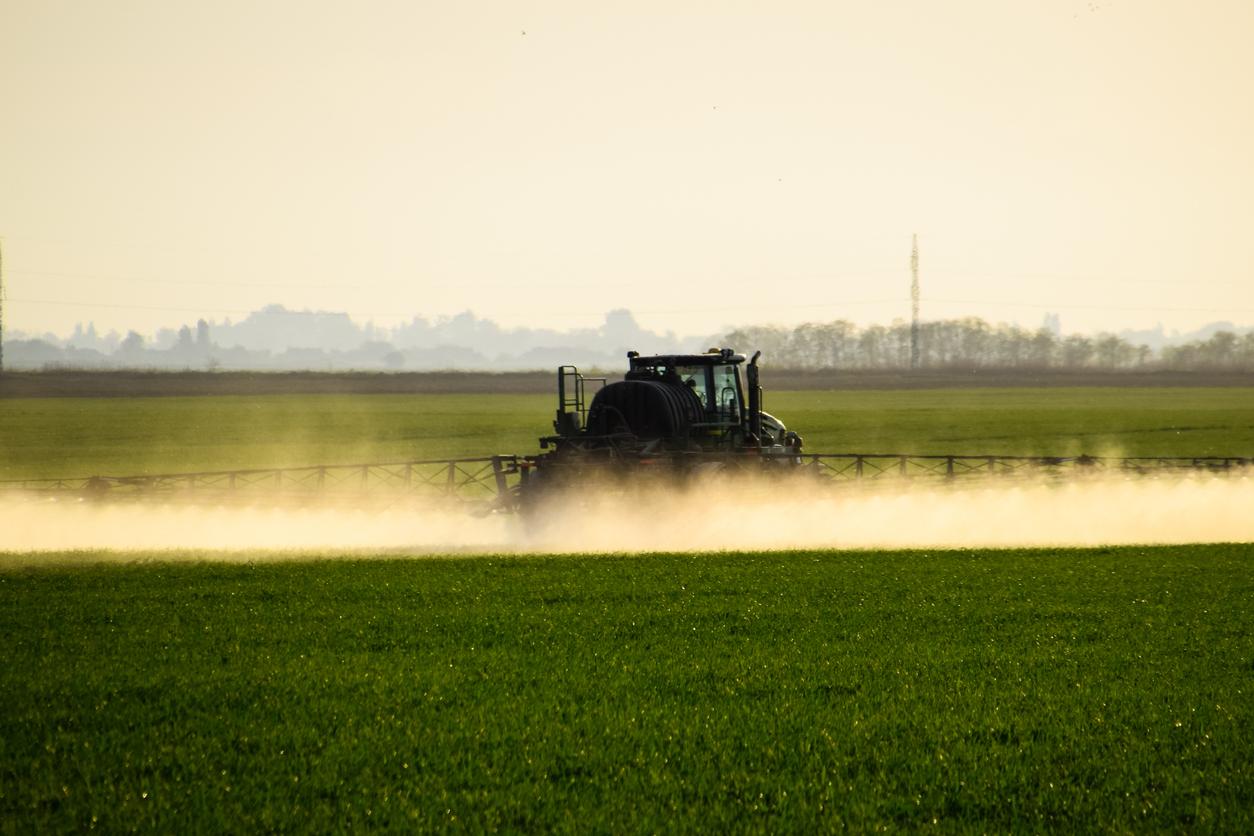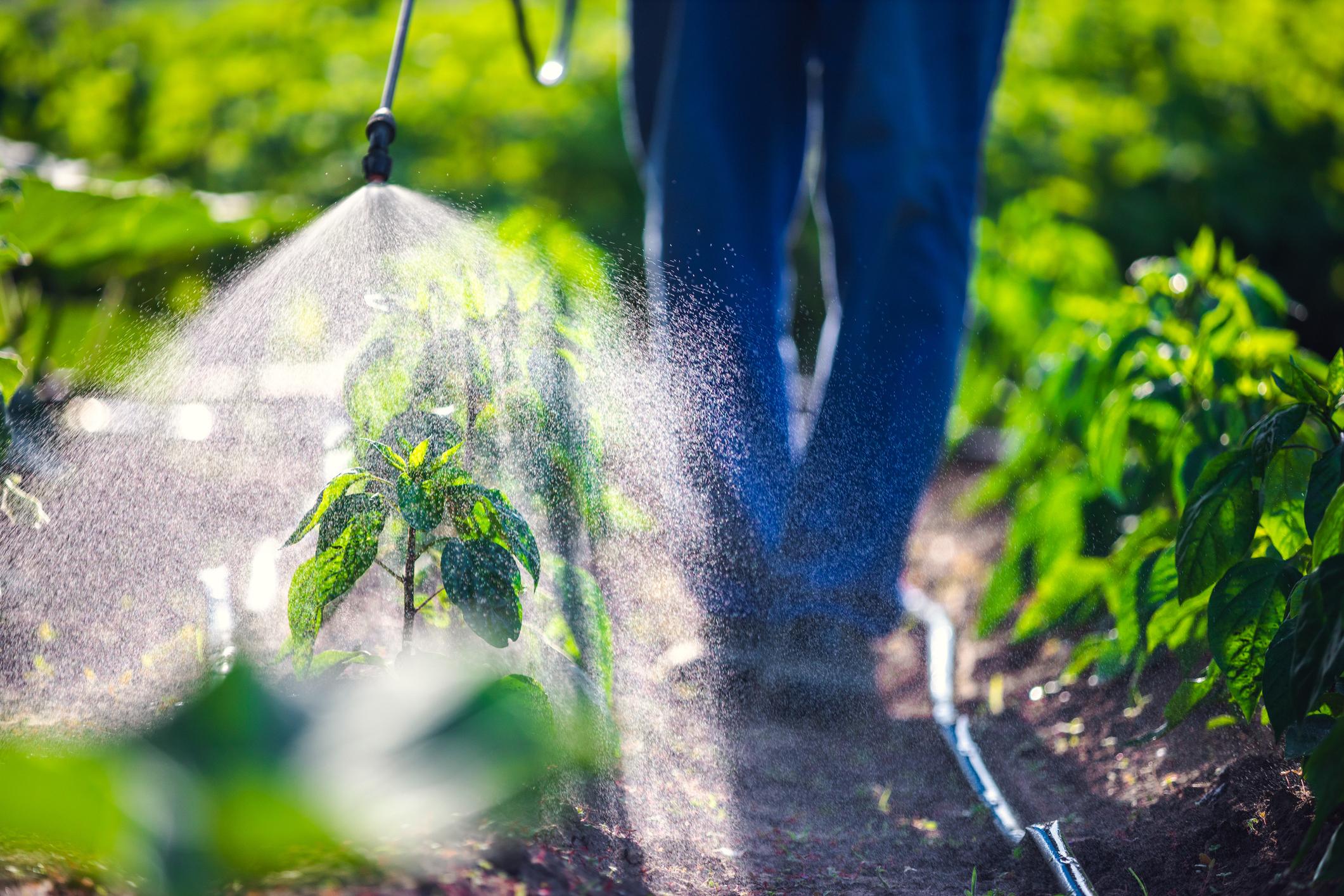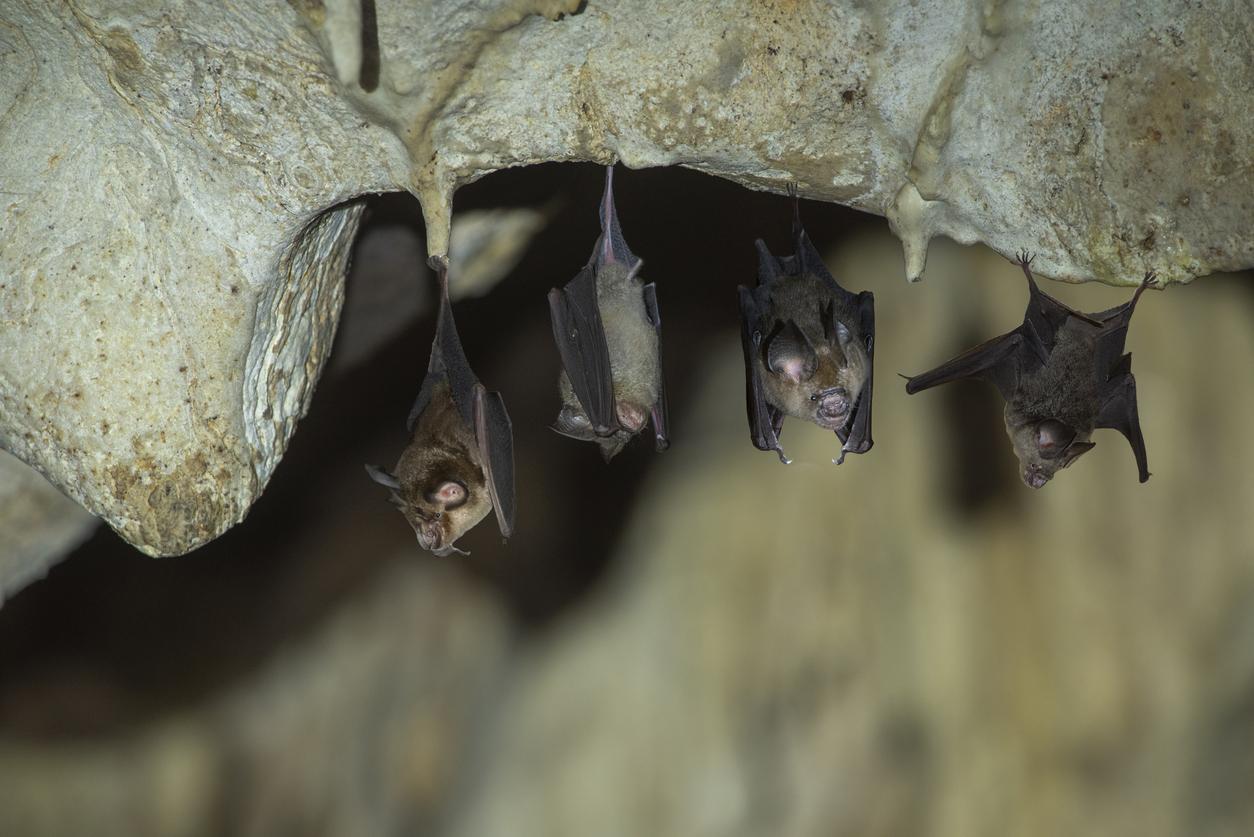According to a France2 report broadcast on February 27, after the banning of the highly toxic pesticide chlordecone in the West Indies in 1993, local officials had no idea how to dispose of the hundreds of remaining stocks. In the absence of precise instructions, risky initiatives would have been taken.

We haven’t finished hearing about the chlordecone health scandal. Banned in France since 1990, this highly toxic pesticide was used until 1993 in Guadeloupe or Martinique where no one then knew what to do with the remaining stocks, reveals Further investigation (France2) in a report entitled Chlordecone: the poisoned West Indies, released Thursday, February 27. The West Indies are now contaminated for centuries.
Chlordecone is a highly toxic pesticide widely used in banana plantations in Guadeloupe and Martinique from 1972 to 1993 to control the banana weevil, an insect that destroyed crops. According to a report released exclusively at the end of November by The worldthe French authorities are aware of the dangerousness of the molecule since 1969.
It wasn’t until 1975 that the world first heard about it. At that time, workers at the Hopewell factory (Virginia, United States), which manufactures the pesticide, developed serious neurological and testicular disorders after being exposed to high doses. The factory closes and, in the process, the United States bans chlordecone.
Random buried bags
In 1979, the WHO classified it as a possible carcinogen. However, it was not until 1990 and pressure from the European Union before France decided to ban it definitively. Despite everything, the Ministers of Agriculture at the time signed two successive derogations to authorize its use in the West Indies until 1993. According to The world, the parliamentary commission of inquiry on chlordecone pointed “the intense lobbying of groups of planters and industrialists, the interventions of certain elected officials and the explicit support of the local services of the Ministry of Agriculture in favor of a ‘miracle molecule’ considered essential for the balance of the Caribbean economy.”
Once the pesticide was banned in 1993, the guidelines were unclear. As shown by A.today chlordecone: the poisoned Antilles, on the spot, the authorities had no idea what to do with the hundreds of remaining stocks of chlordecone. “There would remain a hundred tons of Curlone (trade name of the pesticide, Editor’s note). If you cannot destroy it on site, could you confirm the regulations in this area?, writes the Guadeloupe plant protection service to the Ministry of Agriculture that year. “I would be grateful if you could tell me the solutions planned in mainland France, apart from burying them in controlled landfills, which is not possible here”relaunched a Martinican official a year later.
Probably for lack of precise instructions, risky initiatives are taken. In the report, an official from the Ministry of Agriculture in Guadeloupe, filmed without his knowledge, admits having personally proceeded to bury bags of chlordecone previously seized from a farmer. “We did it with my department head, in a good place, we buried him in a holehe says. It was preferable instead of letting him go like that in nature”, he justifies himself. Certainly, it was not a recommended method, but it seemed to him to be the best solution at the time. “Where was I supposed to put it, in my office?”, he asks himself.
For Henri Nallet, Minister of Agriculture from 1988 to 1990, “the job was badly done”. “I don’t know why they made this decision, I don’t know what the position of the responsible authorities was. I can’t say anything about it, except that it is a dangerous and questionable act”declares the only politician who has agreed to react to the images of the report.
Negative effects on cognitive and motor development in infants
In the early 2000s, it was discovered that chlordecone had contaminated soils, rivers, part of the sea coast, livestock, fish and even the population in the West Indies. Measures are then taken. The government orders the closure of water sources, the treatment of others. In 2002, the French State finally began to collect stocks of chlordecone and incinerated them.
In 2008, a first “chlordecone action plan” was launched while research on the side effects of pesticides continued. In 2012, an Inserm study shows in particular that the pesticide increases the risk of prematurity and has negative effects on the cognitive and motor development of babies at birth. According to other works, it could also increase the number of prostate cancers and recurrences.
Martinique and Guadeloupe are also seriously affected by this disease: the West Indies are twice as affected by this disease as mainland France. According to another study conducted in 2019 by Public Health France, 95% of Guadeloupeans and 92% of Martiniquans have been contaminated by chlordecone. The most affected are those who get their supplies from informal circuits and therefore especially the poorest.
A fourth “chlordecone plan” planned this year
To compensate victims, the creation of a compensation fund for victims of plant protection products was included in the Social Security finance bill for 2020. However, this is still limited and incomplete for many members of the parliamentary commission of inquiry on chlordecone.
Today, Justine Benin, MoDem deputy from Guadeloupe and rapporteur for this commission, must also propose a series of measures to repair economic damage, among others for the agriculture and fishing sectors. It must also propose ways to improve prevention and scientific research to find out the repercussions on health and come up with solutions for depolluting the soil. Finally, it is currently developing the fourth “chlordecone plan” to try to reduce the exposure of West Indians to the pesticide. With the hope that it will be more effective than the first three…
.














